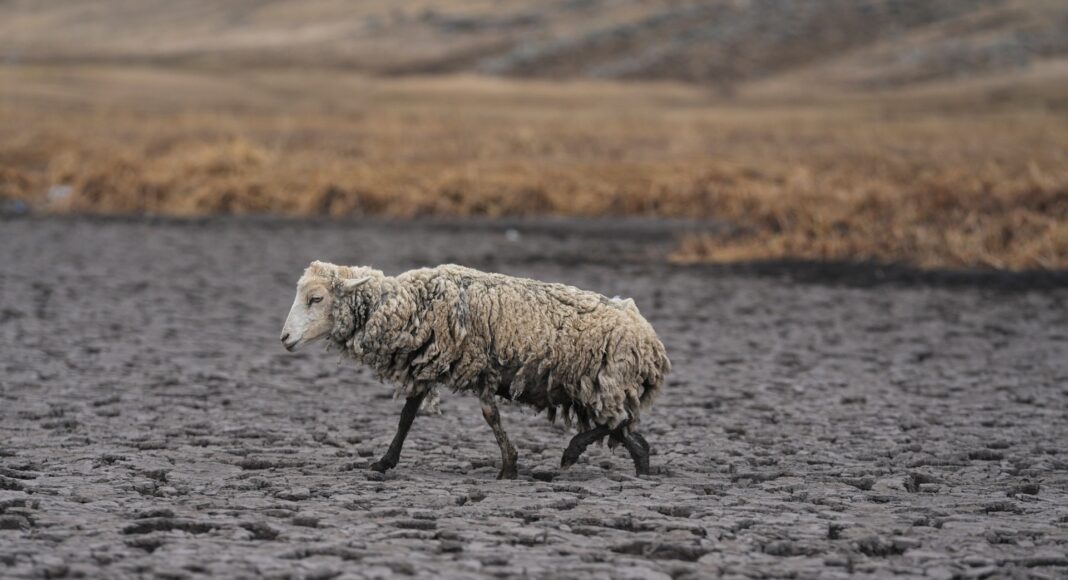The Cconchaccota lagoon, located in Peru’s southern Andes, has been a source of life for the local communities in the region, as the reservoir attracted migratory flamingos and animals while residents depended on it for trout fishing.
But the lagoon, 4,100 metres (13,120 feet) above sea level, is now a plain of cracked and broken soil surrounded by yellow grass.
The rainy season in this part of South America should have started in September, but the area is experiencing its driest period in almost a half-century, affecting more than 3,000 communities in the central and southern Andes of Peru.
A light rain last week — only the second in almost eight months — prompted residents to set bowls outdoors to collect some water.
The absence of rain in part of the Andes occurs as a result of the La Nina phenomenon, present in 2022 for the third consecutive year, according to the United Nations meteorological agency. The drought is also hitting parts of Bolivia, Paraguay and Argentina.
In Cconchaccota, there is no drinking water, sewage or telephone service. People collect drinking water from a nearby spring, though it sometimes dries up, too.
Residents say their appeals to local authorities for help went unanswered for more than two months. A long-delayed response from the regional authorities arrived last week with the delivery of packages of fodder oats for the surviving sheep, cattle, alpacas and llamas.
“The animals are all bone,” said John Franklin Challanca, a 12-year-old shepherd whose family has lost 50 sheep.
The Andes is one of the world’s most sensitive regions to climate migrations because of droughts, tropical storms and hurricanes, heavy rains and floods, according to the latest report by the UN’s Intergovernmental Panel on Climate Change.
Climate experts believe the lagoon could have dried up because it was less than a metre (3 feet) deep, depended exclusively on rainwater and was under strong solar radiation.
Wilson Suárez, professor of mountain hydrology and glaciology at Peru’s La Molina National Agrarian University, said those factors constitute “an ideal cocktail” for the small lagoons in the high Andean areas to dry up.
“This has to put them on notice that times are changing,” Suárez said of residents who have long depended on the lagoons for watering their livestock. “A drought is not easy to handle … the climate is changing.”



